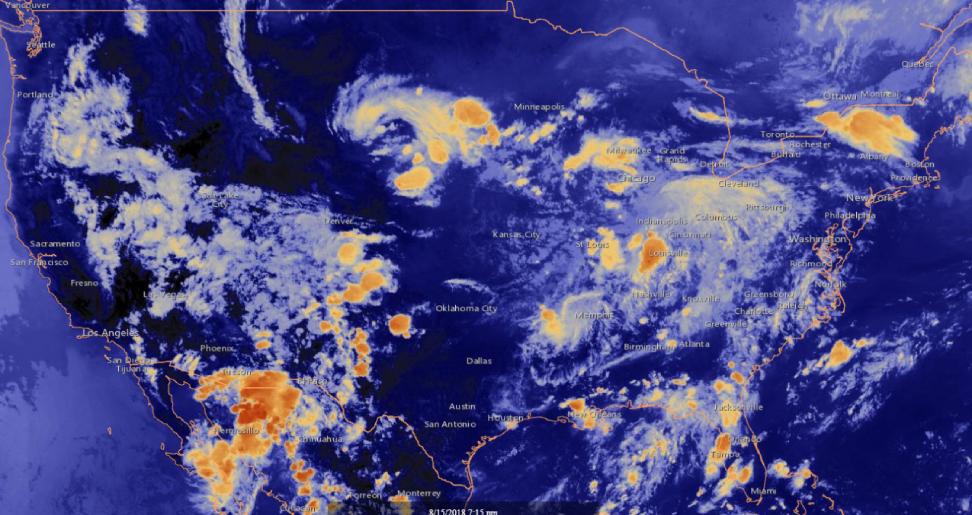The National Oceanic and Atmospheric Administration (NOAA) is a cornerstone of weather forecasting and oceanic research. Providing critical data and insights, NOAA plays a pivotal role in safeguarding lives and property from the perils of weather-related events.
What is NOAA?
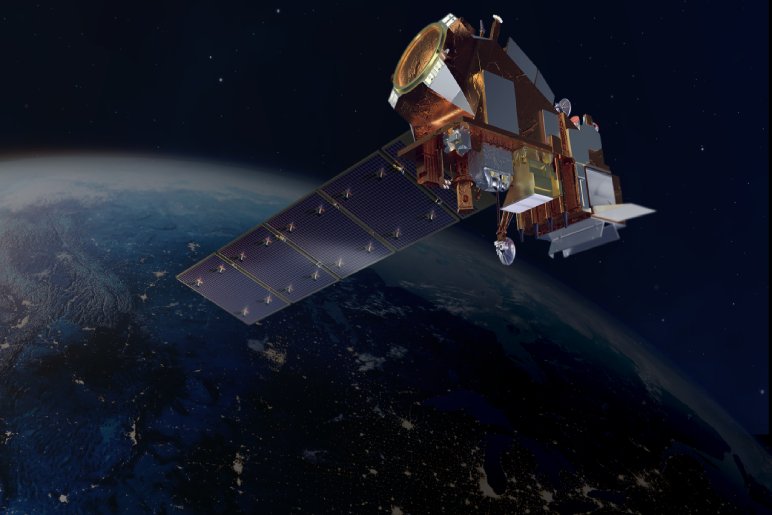
NOAA is the National Oceanic and Atmospheric Administration, a U.S. government agency dedicated to understanding and predicting changes in Earth’s environment.
From the depths of the ocean to the surface of the sun, NOAA’s work encompasses a vast array of scientific research and services. They provide essential information for weather forecasting, severe storm warnings, climate monitoring, fisheries management, coastal protection, and supporting marine commerce. Through cutting-edge technology and dedicated scientists, NOAA plays a crucial role in safeguarding lives and property while also contributing to a sustainable future.
NOAA’s Weather Services
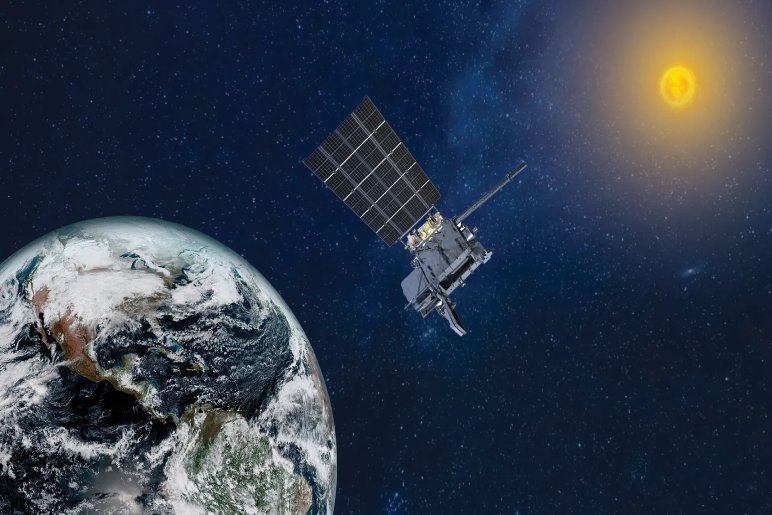
NOAA’s National Weather Service is a vital component of the United States’ weather preparedness infrastructure.
This agency is dedicated to providing accurate and timely weather forecasts, warnings, and related data to protect life and property. From predicting severe weather events like hurricanes, tornadoes, and blizzards to issuing flood watches and heat advisories, the NWS plays a crucial role in safeguarding the nation. Moreover, they contribute to long-term climate monitoring and research, aiding in understanding climate change patterns and their impacts. By offering a comprehensive suite of weather-related products and services, the NWS empowers individuals, businesses, and government agencies to make informed decisions and mitigate weather-related risks.
offers a range of weather-related products and services:
Accurate Forecasts: From short-term forecasts to extended outlooks, NOAA provides timely and reliable weather information to individuals, businesses, and government agencies.
Severe Weather Warnings: NOAA’s early warning systems help protect lives and property by issuing alerts for tornadoes, hurricanes, thunderstorms, and other severe weather events.
Climate Data: NOAA collects and analyzes long-term climate data to understand climate trends and inform climate change adaptation strategies.
Oceanic and Coastal Information: NOAA provides data and forecasts for marine operations, fisheries, and coastal management.
NOAA Weather Tools and Resources
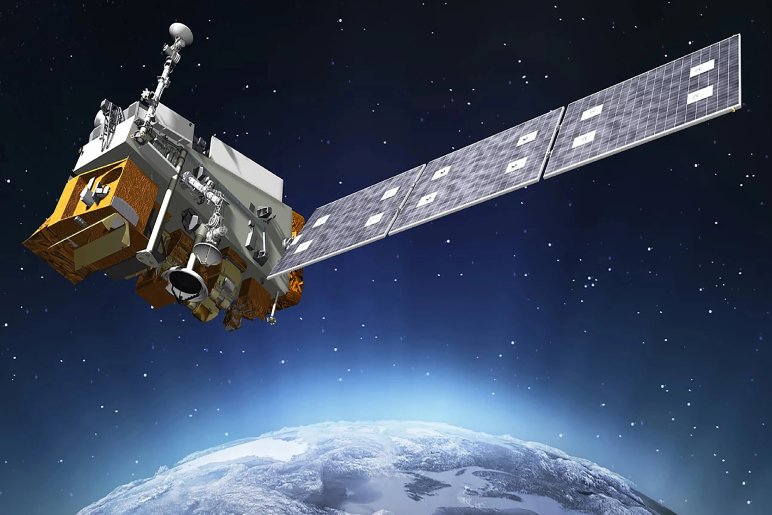
NOAA offers a plethora of tools and resources to help you stay informed about the weather:
- Weather.gov: This official website provides forecasts, warnings, and climate information for locations across the United States.
- NOAA Weather Radio: This dedicated radio service delivers critical weather alerts directly to your home or car.
- Mobile Apps: NOAA offers mobile apps for smartphones and tablets, allowing you to access weather information on the go.
- Climate Data Online: This platform provides access to historical climate data for research and analysis.
How NOAA Predicts the Weather

NOAA predicts the weather through a complex interplay of observation and modeling.
A vast network of ground-based and airborne instruments, coupled with satellite imagery, collects data on atmospheric conditions such as temperature, pressure, humidity, and wind speed. This data is fed into sophisticated computer models that simulate the behavior of the atmosphere, considering factors like solar radiation, terrain, and ocean currents. Meteorologists analyze the model output, incorporating their expertise and knowledge of regional weather patterns to produce forecasts. While these models have become increasingly accurate, weather prediction remains a challenging task due to the chaotic nature of the atmosphere, making small changes in initial conditions lead to significantly different outcomes over time.
NOAA’s Role in Climate Change

The National Oceanic and Atmospheric Administration (NOAA) plays a pivotal role in understanding, monitoring, and addressing climate change.
This agency is at the forefront of collecting and analyzing crucial data on global temperature, sea level rise, ocean acidification, and extreme weather events. NOAA’s research provides invaluable insights into the changing climate, aiding policymakers in developing effective strategies to mitigate its impacts. Furthermore, the agency is instrumental in issuing early warnings for severe weather events, protecting lives and property. By combining cutting-edge research, advanced technology, and a deep commitment to environmental stewardship, NOAA is a cornerstone in global efforts to combat climate change.
The Backbone of Weather Forecasting

At the heart of NOAA’s mission is providing accurate and timely weather forecasts. Through a complex network of satellites, radar stations, and data-collecting buoys, NOAA gathers vast amounts of information about atmospheric conditions. This data is then processed by sophisticated computer models to generate forecasts that range from hourly updates to long-term outlooks.
NOAA’s weather prediction capabilities are essential for countless sectors. From aviation and marine industries to agriculture and emergency management, reliable weather information is crucial. By anticipating severe weather events like hurricanes, tornadoes, and blizzards, NOAA helps communities prepare and respond effectively.
Climate Monitoring and Research
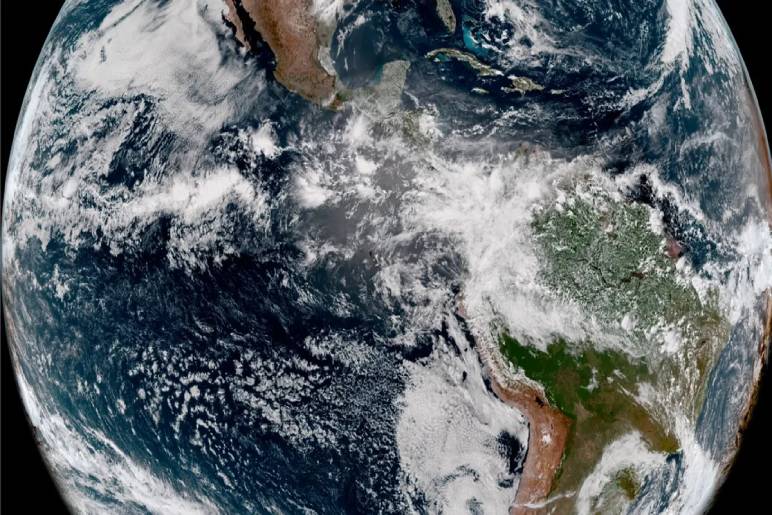
Climate monitoring and research are critical components in understanding and addressing the complexities of our changing planet.
Through meticulous observation and analysis of long-term atmospheric, oceanic, and terrestrial data, scientists construct a comprehensive picture of climate patterns and trends. This knowledge is essential for identifying emerging climate threats, predicting potential impacts, and developing effective mitigation and adaptation strategies. By employing advanced technologies and collaborating across disciplines, researchers strive to enhance our predictive capabilities, inform policy decisions, and build resilience in communities worldwide.
Ocean Exploration and Conservation

Ocean exploration and conservation are intertwined endeavors crucial for understanding and safeguarding our planet.
The vast, largely unexplored ocean harbors an incredible array of life, from microscopic organisms to colossal creatures, and plays a vital role in regulating Earth’s climate. Through exploration, scientists uncover new species, study marine ecosystems, and map the ocean floor, providing invaluable data for conservation efforts. Protecting marine habitats, managing fisheries sustainably, and mitigating pollution are essential to preserve the ocean’s biodiversity and its ability to support life. By investing in research, technology, and international cooperation, we can unlock the ocean’s secrets while ensuring its health for generations to come.
The Impact of NOAA Weather Data

NOAA weather data serves as the backbone for countless critical decisions across sectors. From farmers optimizing planting and harvesting schedules to meteorologists issuing life-saving alerts, this invaluable resource underpins our understanding and response to the dynamic atmosphere. Businesses leverage weather forecasts for supply chain management, energy grid optimization, and risk assessment.
Furthermore, NOAA data contributes significantly to climate research, enabling scientists to study long-term trends, predict extreme weather events, and develop strategies to mitigate climate change impacts. In essence, the comprehensive and accessible nature of NOAA weather data empowers individuals and organizations to make informed decisions, protect lives and property, and build a more resilient future.
The Future of NOAA Weather
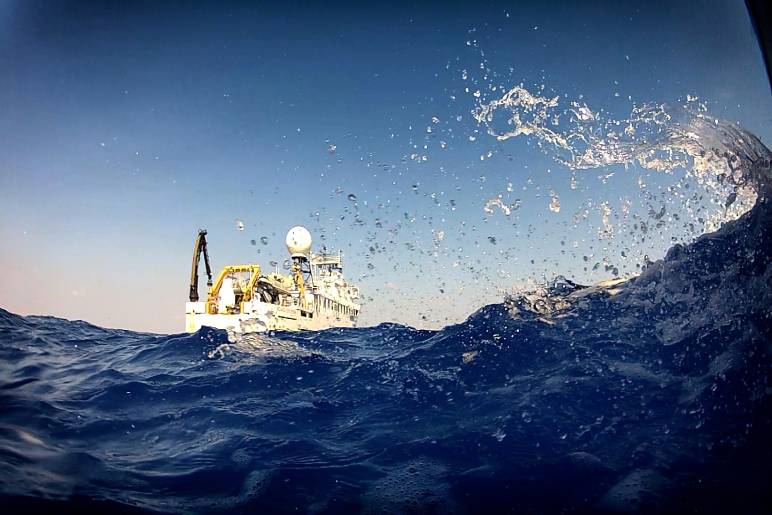
The future of NOAA weather prediction is poised for significant advancement. Leveraging cutting-edge technologies like artificial intelligence and advanced computing power, NOAA is set to revolutionize weather forecasting. By incorporating vast datasets from satellites, drones, and ground-based sensors, meteorologists will gain unprecedented insights into atmospheric conditions. This will enable more accurate and extended-range forecasts, providing crucial information for disaster preparedness, agriculture, and energy sectors. Moreover, NOAA’s focus on climate change research will inform adaptation strategies and mitigation efforts. As technology continues to evolve, we can anticipate a future where weather predictions become increasingly precise, empowering individuals and communities to make informed decisions.
Conclusion
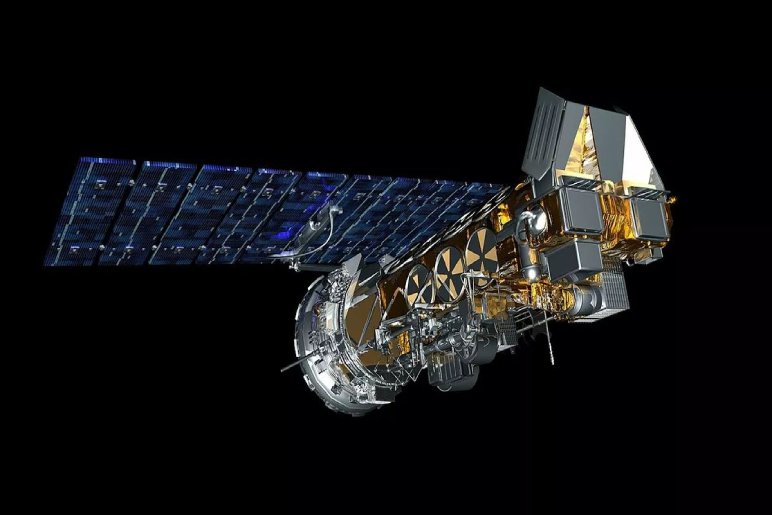
NOAA Weather stands as an indispensable resource, providing critical insights into our ever-changing climate. From pinpointing the location of the next storm to predicting long-term weather patterns, NOAA’s data-driven approach empowers individuals, communities, and industries to make informed decisions. By understanding the nuances of weather and climate, we can mitigate risks, protect lives and property, and foster sustainable practices. As our planet continues to evolve, NOAA’s commitment to scientific excellence ensures that we remain prepared for whatever weather challenges the future may hold.
Read More:
- Motion of the Ocean: Introduction to Wave Energy
- Managing Your Green Lifestyle: Practical Tips for a Sustainable You
- 5 Ways to Give Your Old Smartphone a New Life: Responsible Recycling Options
Read More: https://tinyurl.com/3p8mazkh

